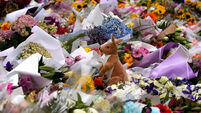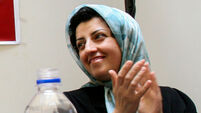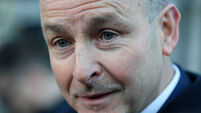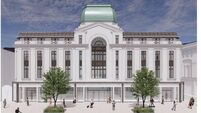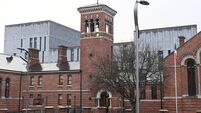Children laid to rest after Italian earthquake
A mass funeral has been held in Italy for the victims - most of them children - of Thursday's earthquake.
Some 29 earthquake victims were buried, including the teacher and 26 children who were crushed when the school in an Italian village collapsed.







